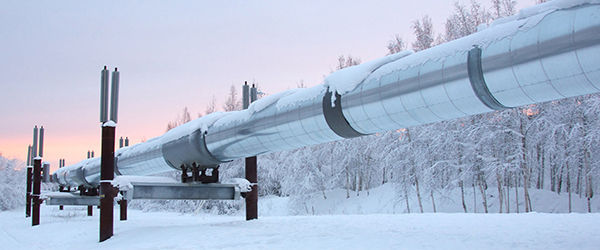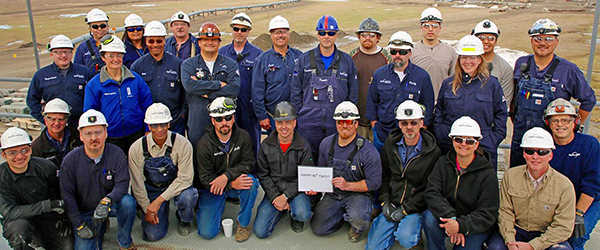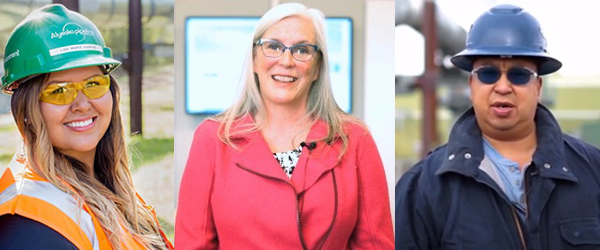High five! New OSRB-5 arrives in Valdez
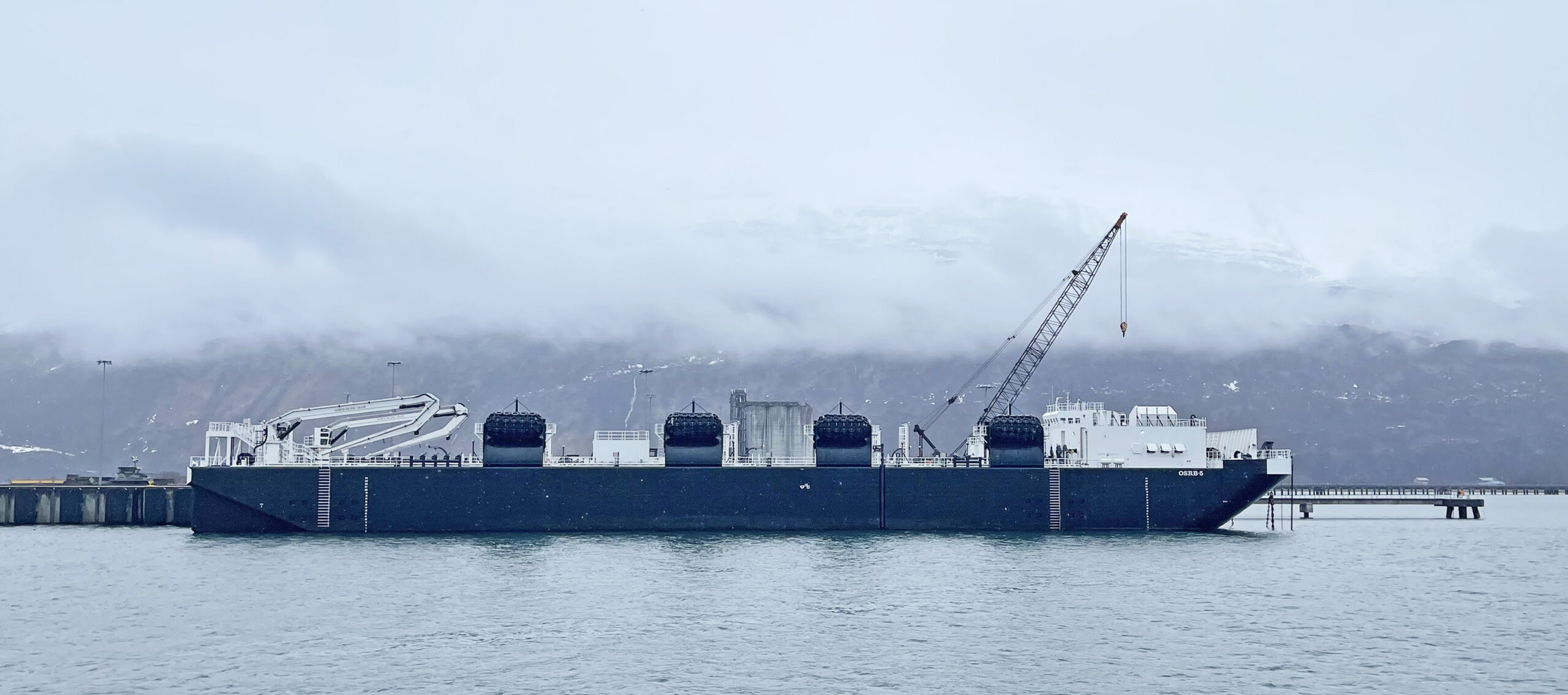
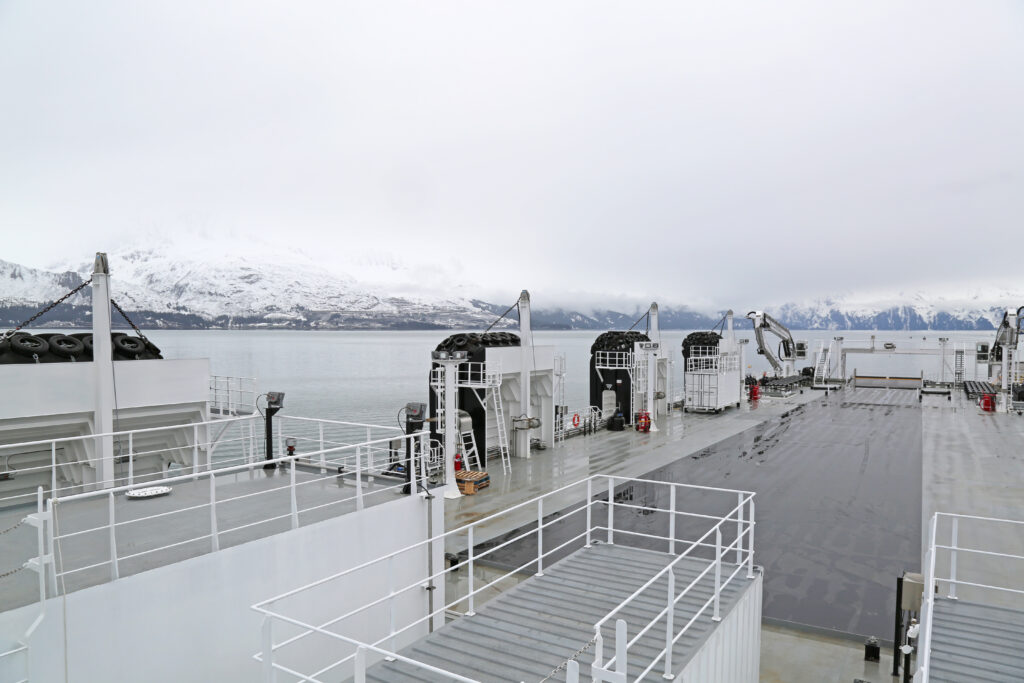
In late April, the shiny new OSRB-5 arrived in Port Valdez, joining the SERVS fleet. It replaces the Mineral Creek, a 40-year-old lightering barge, usually stationed at Naked Island in mid-Prince William Sound.
Like three of the four OSRBs that were part of the 2018 marine services transition, the newest barge was built by Gunderson shipyard in Portland, Oregon. At 400 feet long and 96 feet wide, the OSRB-5 shares much of the same design and equipment as OSRBs 1, 2, 3 and 4. But it has some key differences that make it unique and even more versatile.
As a lightering barge, its primary purpose is to remove cargo from a tanker that is in trouble and has large fenders to protect it and the tanker when they come alongside each other. But the OSRB-5 also has crucial skimming capabilities critical for open water operations, and can offload mini barges, which fishing vessels use to collect oil near the shorelines. It is truly a Swiss Army knife of the fleet.

The SERVS team incorporated lessons learned from the OSRBs, which have now been in service for five years. Crews installed a “just right” kind of paint along the deck where boom is inflated and launched. The first OSRBs had non-skid paint on the runways, which impacted the wear and tear on the boom.
The OSRB-5 feature an extra generator and hydraulic power unit to run the mini barge offloading station and the deluge pump for snow removal was upgraded to a deep well pump that self-primes and moved above deck for easier access during maintenance.
Before it goes into service later this month, the OSRB-5 will earn its certifications from American Bureau of Shipping and United States Coast Guard and perform three deployments to demonstrate its capabilities: an open water deployment, a nearshore deployment with fishing vessels, and a recovered oil loading demonstration alongside Berth 3 at the VMT.
“This barge is another exciting advancement in an already world-class fleet,” said Larry Miles, SERVS marine superintendent. “She’s an investment – though hopefully never needed – in keeping Prince William Sound safe for years to come.”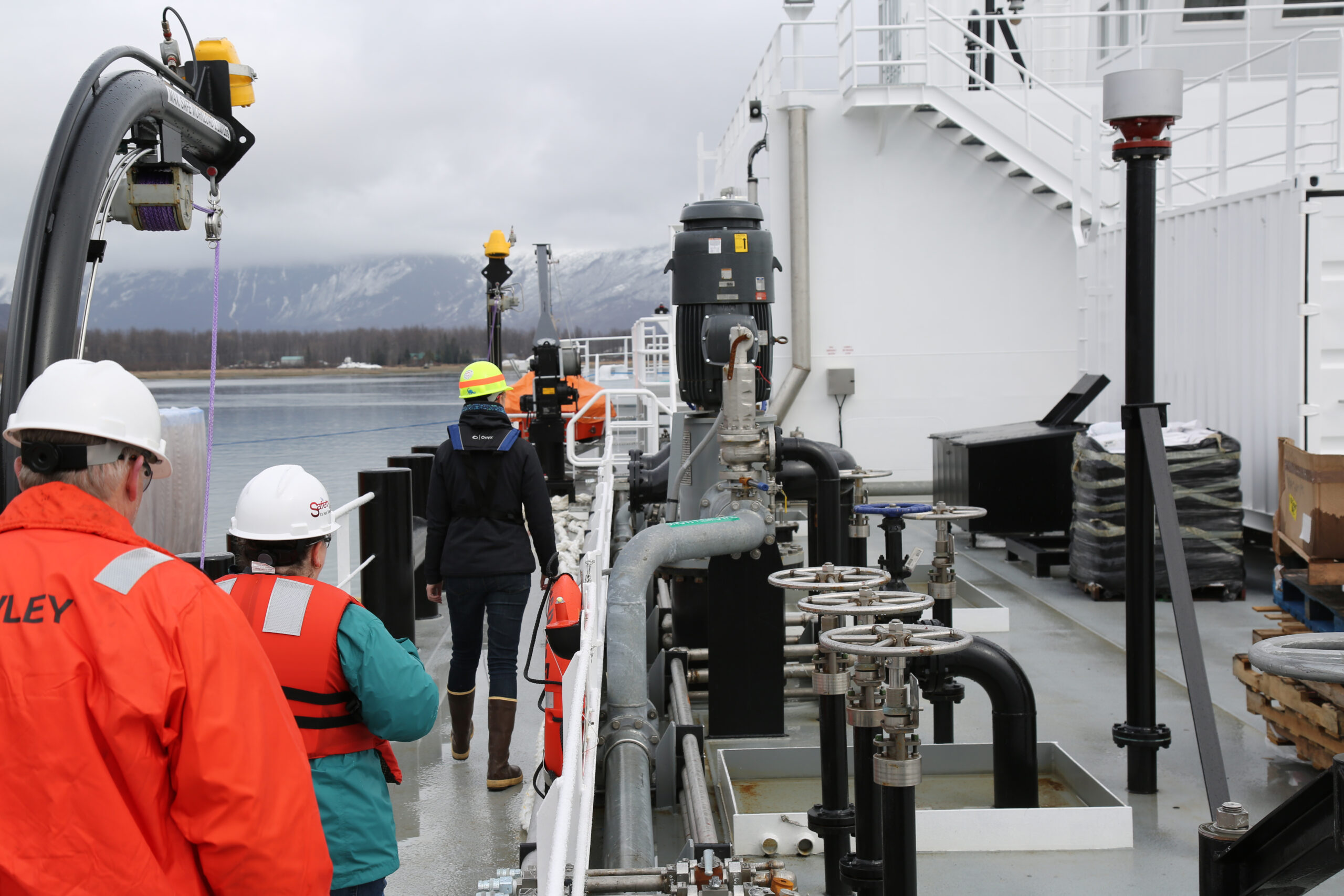
SERVS marine superintendent Larry Miles tours Angie Fuschetto and Andrea West around the barge. Angie and Andrea are Valdez tanker operations leads for Crowley and Polar Tankers, respectively.
